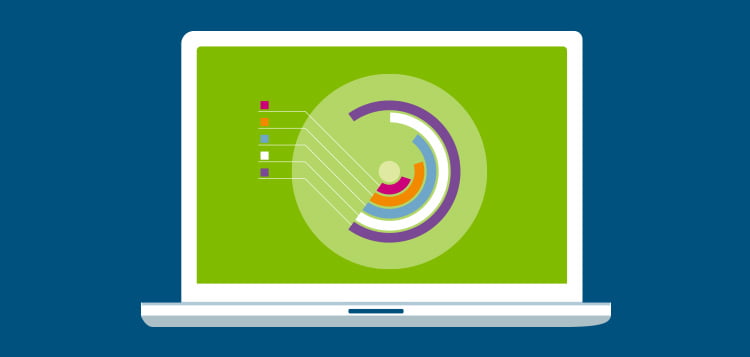Eager To Uncover How Web Site Style Has Changed Over Time? Study The Advancement From Simpleness To User-Focused Experiences
Eager To Uncover How Web Site Style Has Changed Over Time? Study The Advancement From Simpleness To User-Focused Experiences
Blog Article
Web Content By-Thorsen Peters
In the past, web sites were simple and concentrated on details. Navigation was straight, and layout was for desktop computers. Now, individual experience is vital. Data guides layouts for very easy navigation. Responsive designs suit different gadgets. Today, dark setting lowers stress, and minimal food selections boost navigating. Interactive functions involve customers, and vibrant visuals attract attention. AI assimilation boosts engagement. See just how layout has evolved to boost your online journey.
Very Early Days of Web Design
In the very early days of web design, simplicity reigned supreme. Internet sites were standard, with restricted shades, typefaces, and layouts. The focus got on providing details instead of showy visuals. Customers accessed the web through slow dial-up connections, so speed and functionality were essential.
Navigating food selections were straightforward, commonly located on top or side of the page. Sites were created for desktop, as mobile browsing wasn't yet widespread. Content was king, and developers prioritized simple readability over complicated design aspects.
HTML was the primary coding language used, and developers had to function within its restrictions. Animations and interactive features were very little compared to today's requirements. Web sites were fixed, with little dynamic content or customized individual experiences.
Surge of User-Focused Style
With the development of web site layout, a shift towards user-focused layout concepts has actually become significantly noticeable. Today, developing internet sites that focus on individual experience is vital for involving site visitors and attaining service goals. User-focused layout includes comprehending the demands, choices, and behaviors of your target market to tailor the web site's layout, web content, and features as necessary.
Developers now perform thorough study, such as user surveys and functionality testing, to gather insights and responses straight from customers. This data-driven technique helps in producing instinctive navigating, clear calls-to-action, and visually enticing user interfaces that reverberate with visitors. By placing the user at the facility of the layout procedure, websites can provide a more individualized and delightful experience.
Receptive design has actually additionally emerged as an essential element of user-focused design, making sure that internet sites are optimized for numerous gadgets and display dimensions. This adaptability boosts availability and use, accommodating the varied means individuals communicate with sites today. In essence, the surge of user-focused style symbolizes a shift towards creating electronic experiences that prioritize the needs and expectations of completion user.
Modern Trends in Web Design
Explore the most up to date fads forming web design today. One famous pattern is dark setting style, supplying a smooth and modern-day appearance while decreasing eye stress in low-light environments. Another vital pattern is minimalist navigating, streamlining menus and enhancing customer experience by focusing on essential elements. Including https://smallbiztrends.com/2022/02/importance-of-link-building-strategy.html -interactions, such as animated switches or scrolling effects, can produce a much more interesting and interactive internet site. Receptive style continues to be crucial, making certain seamless individual experiences throughout different gadgets. Furthermore, using vibrant typography and asymmetrical designs can include aesthetic rate of interest and draw attention to details material.
Incorporating AI modern technology, like chatbots for customer support or individualized recommendations, improves individual engagement and streamlines procedures. Accessibility has likewise become a considerable fad, with designers prioritizing inclusive design techniques to cater to varied user needs. Welcoming sustainability by optimizing website performance for rate and efficiency is an additional emerging trend in website design. Working together with individual comments and information analytics to repeat and enhance design constantly is necessary for staying relevant in the ever-evolving electronic landscape. By welcoming these modern-day patterns, you can produce a visually attractive, easy to use site that reverberates with your target market.
Final thought
As you review the advancement of internet site style from the very early days to now, you can see exactly how user-focused layout has ended up being the driving pressure behind contemporary fads.
Welcome the trip of adjustment and adaptation in website design, constantly maintaining the user experience at the leading edge.
Stay existing with the most recent fads and innovations, and never quit progressing your strategy to produce visually stunning and straightforward internet sites.
Advance, adapt, and create - the future of website design is in your hands.
